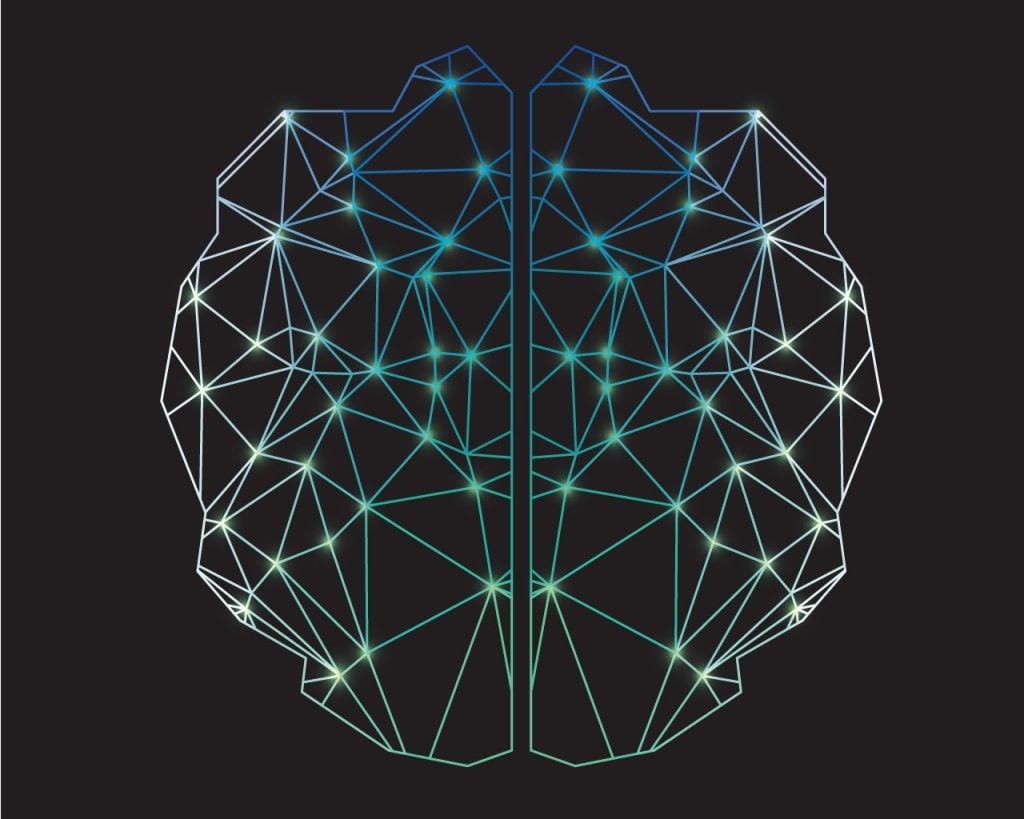 The Kavli Neuroscience Discovery Institute at Johns Hopkins University, launched in early 2016, brings an interdisciplinary group of researchers together to investigate the workings of the brain.
The Kavli Neuroscience Discovery Institute at Johns Hopkins University, launched in early 2016, brings an interdisciplinary group of researchers together to investigate the workings of the brain.
Funded by a joint $20 million commitment by the Kavli Foundation and Johns Hopkins, the institute integrates neuroscience, engineering, and data science to understand the relationship between the brain and behavior.
Experimental tools in neuroscience are yielding larger and more complex data sets than ever before, but the ability of neuroscientists to manage and mine these data sets effectively has lagged behind, as has their ability to model the behavior of cells and circuits in the brain. The new institute aims to change that by drawing on the university’s expertise in big data analytics.
The 45 initial members of the institute—including director Richard Huganir, professor and director of the Department of Neuroscience at the School of Medicine, and co-director Michael Miller, MS ’79, PhD ’84, the Herschel and Ruth Seder Professor of Biomedical Engineering, are drawn from 14 different Johns Hopkins departments and the Applied Physics Laboratory.
“Our ability to collect cellular neural data is growing at a Moore’s law kind of doubling rate,” says Miller. “At the same time, our ability to image the brain at different scales is producing massive data sets. One of the fundamental problems we all face now is how to connect the information that is being represented across scales. With this deluge of data, mathematical, algorithmic, and computational models become perhaps more important today in neuroscience than ever before.”
In April, the Kavli Institute co-hosted its first international conference with the National Science Foundation. More than 60 neuroscientists from 12 countries met on the Homewood campus to discuss the possibility of linking research efforts in a global neuroscience project akin to big science investments in astronomy and physics.




